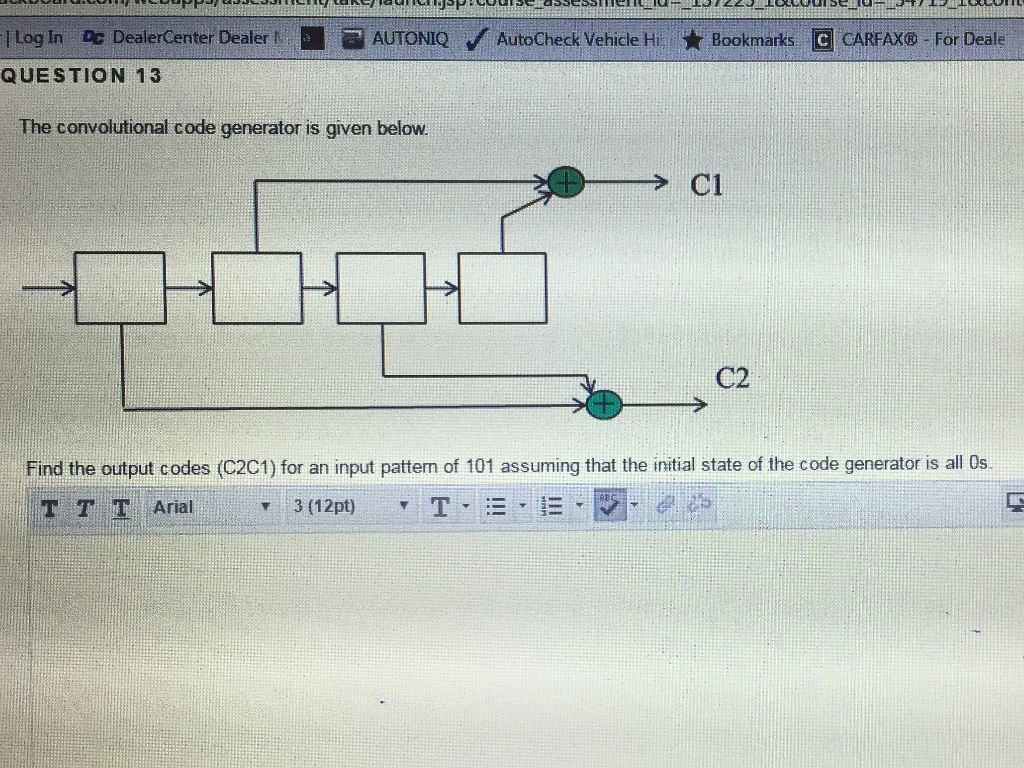C Program For Convolutional Code

Download free mr hudson straight no chaser rapidshare downloads. Free Download Mr Hudson - Straight No Chaser (2009) Retail CD Covers and Album Art available on AllCDCovers. Mr Hudson - Straight No Chaser 2009 download from Extabit, Rapidshare, Rapidgator and Lumfile Mr Hudson - Straight No Chaser 2009 Netload, Uploaded, Jumbofiles, Glumbouploads, Bayfiles with keygen, crack, serial Or search here Mr Hudson - Straight No Chaser 2009. Mr Hudson When the Machine Stops Album zip rar torrent download free Mr. Hudson makes his return after 10 years. It’s been a shocking TEN years since Mr. Hudson’s last album, Straight No Chaser was released via Kanye West’s G.O.O.D. The British singer/songwriter/producer is known for his high profile work with the likes of Ye and JAY-Z,.
This page explains, with examples, how basic convolutional coding works in error. Gaussian noise (AWGN), are routinely avoided by error correction software. For convenience, these in turn are labelled as states a, b, c, and d respectively.
Descriptioncode = convenc(msg,trellis) encodesthe binary vector msg using the convolutional encoderwhose MATLAB trellis structure is trellis. Fordetails about MATLAB trellis structures, see. Eachsymbol in msg consists of log2(trellis.numInputSymbols) bits.The vector msg contains one or more symbols. Theoutput vector code contains one or more symbols,each of which consists of log2(trellis.numOutputSymbols) bits.code = convenc(msg,trellis,puncpat) isthe same as the syntax above, except that it specifies a puncturepattern, puncpat, to allow higher rate encoding.
Puncpat mustbe a vector of 1s and 0s, wherethe 0s indicate the punctured bits. Puncpat musthave a length of at least log2(trellis.numOutputSymbols) bits.code = convenc(msg,trellis.,initstate) allowsthe encoder registers to start at a state specified by initstate. Initstate isan integer between 0 and trellis.numStates-1 andmust be the last input parameter.code,finalstate = convenc(.) encodesthe input message and also returns the encoder's state in finalstate.
Newegg only guarantees your receipt of the Open Box product with the purchase of this item. Gigabyte motherboard drivers for mac. He is a lifelong computer geek and loves everything related to computers, software, and new technology.Warranty, Returns, And Additional Information.
Finalstate hasthe same format as initstate.Generate binary data.Convolutionally encode the data.Apply QAM modulation to the data symbols. Specify unit average power for the transmitted signal.Pass the modulated signal through an AWGN channel.Demodulate the received signal using hard decision and approximate LLR methods. Specify unit average power for the received signal.Viterbi decode the signals using hard and unquantized methods.Calculate the number of bit errors.The while loop continues to process data until either 100 errors are encountered or 1e7 bits are transmitted. For n = 1:length(EbNoVec)% Convert Eb/No to SNRsnrdB = EbNoVec(n) + 10.log10(k.rate);% Noise variance calculation for unity average signal power.noiseVar = 10.^(-snrdB/10);% Reset the error and bit countersnumErrsSoft,numErrsHard,numBits = deal(0);while numErrsSoft.
Convolutional CodesConvolutional codes are error correcting codes where the data streams of indefinite lengths are encoded before transmission over noisy channels. The message streams are encoded by the sliding application of Boolean functions that generate a sequence of output bits.Convolutional codes were first introduced in 1955, by Elias. After that, there were many interim researches by many mathematicians. In 1973, Viterbi developed an algorithm for maximum likelihood decoding scheme, called Viterbi scheme that lead to modern convolutional codes. Parameters in Convolutional CodesFor generating a convolutional code, the information is passed sequentially through a linear finite-state shift register. The shift register comprises of (-bit) stages and Boolean function generators.A convolutional code can be represented as where.k is the number of bits shifted into the encoder at one time.
Generally, k = 1.n is the number of encoder output bits corresponding to information bits.The code-rate, R c = k/n.The encoder memory, a shift register of size K, is the constraint length.n is a function of the present input bits and the contents of K.The state of the encoder is given by the value of ( K - 1 ) bits.Constraint Length of Convolutional CodeConstraint length, k, is the size of the shift register in the memory encoder without feedback. It means how many stages are needed for the combinational logic that produces the output bits.The shift register of size k, stores the present bit and the past (k -1) bits. The Boolean function generators operate upon these bits to generate the unique output pattern. Thus, the constraint length can be denoted as the number of input bits required to generate the output pattern.For example, a constraint length k = 3, denotes that output pattern is obtained by operation of Boolean functions on the present input bit and the two previous input bits. Selection of Constraint LengthThe constraint length influences the performance of the convolutional code.Advantages of long constraint length are:. More powerful code.

More coding gainDrawbacks of long constraint length are:. More complex decoder. More complex encoding logic. More delays in encoding and decodingIllustration of Constraint Length in a Convolutional EncoderThe following diagram shows a convolutional encoder with k = 1, n = 2 and K = 3.